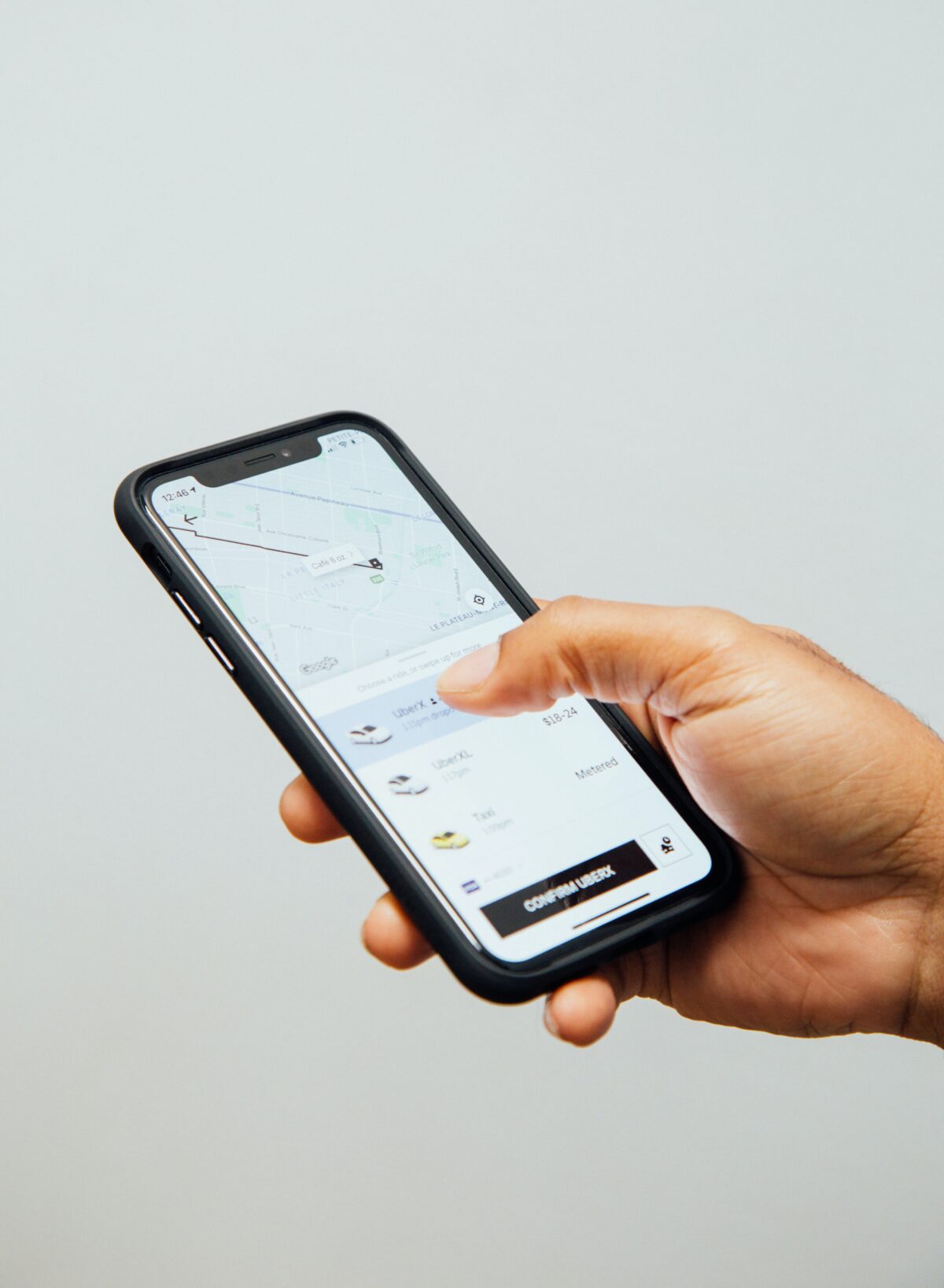The opinion between researchers differs if Uber can be seen as a disruptor in the industry. This article defines Uber as a company that has disrupted the driving Industry. Uber may not have entered the low-end segment of the market first; they have managed to quickly replace the long term incumbent (Horn, 2016).
Uber defines itself as ‘a platform with a business model premised on licensing software that acts as an intermediary between passengers and drivers.’ (Rosenblat, 2016). The drivers are seen as independent contractors that can enjoy freedom, flexibility and independence (Rosenblat,2016). However, research has shown that Uber may present itself as a neutral party, in reality Uber is not just an intermediary that connects demand and supply for riders and drivers (Rosenblat, 2016).
Due to the drivers being independent contractors, they are not bound to fixed hours, leading to minimalized labor costs for Uber (Scheiber, 2017). Uber is therefore able to gain an advantage over the taxi companies who work with fixed contracts. Resulting in lower prices for the Uber customers. A disadvantage however for uber is that the company does not have the power to obligate drivers to show up at a specific time or place. Leading to a lack of control of when the drivers will be active on the platform. This lack of control is a problem for Uber.
To solve this lack of control Uber practices a lot of known and unknown influences on their drivers, stepping away from the promised position as intermediary. Uber uses different algorithmic systems, psychological manipulation and other techniques to influence their drivers, as to where,when and how long they work (Scheiber, 2017).
To name a few examples of these influences: Uber uses the same algorithm that Netflix does. Netflix uses its algorithm to keep people binge watching a show, Uber tries to influence their drivers to keep driving (Rosenblat, 2016). By using psychological influences such as sending notifications with opportunities for more income when the drivers are still in their current ride. Thus trying to nudge the drivers to accept another drive, even if they weren’t planning on driving another ride (Rosenblat,2016). Furthermore drivers are not always aware of the prospected income and driving time before accepting a ride. Next to the fact that Uber sets the driving rate, drivers can only ask less than the set rate, not more. These facts would suggest that Uber might intervene a little more than is expected of an intermediar party.
These influences and designed algorithms can be seen as a constraint to the independence of the drivers. It can therefore be argued if Uber should indeed be seen as an intermediary platform with independent drivers.
References
Horn, M., B. (2016. June 20). Uber, disruptive innovation and Regulated markets. Retrieved September 21, 2020, from: https://www.forbes.com/sites/michaelhorn/2016/06/20/uber-disruptive-innovation-and-regulated-markets/#7fe3db3337fb
Rosenblat, A. (2016, April 6). The truth about how Uber’s app manges drivers. Retrieved September 21, 2020, from: https://hbr.org/2016/04/the-truth-about-how-ubers-app-manages-drivers
Scheiber, N. (2017, April 2). How Uber Uses Psychological Tricks to Push Its Drivers’ Buttons. Retrieved September 21, 2020 from: https://www.nytimes.com/interactive/2017/04/02/technology/uber-drivers-psychological-tricks.html


Hey Isabel, thank you for providing us with insights on Uber‘s business model. Indeed, it is surprising that Uber refers to itself as a neutral party connecting drivers and passengers while the firm is clearly attacking and (partially destroying) the taxi industry. As customers as well as employees, we need to constantly question the psychological techniques used by companies to make us do certain things. In a first step. we need to inform ourselves from a variety of different sources and exchange our thoughts with others. Without the necessary precautions, we might completely loose our consumer power and independence in the future.
Hi Isabel,
I really enjoyed your blog! You mentioned that Uber’s algorithm is used to manipulate their drivers and they intermediate too much to call themselves neutral. However, I think they still remain in a neutral position for a business platform. By sending notifications of other opportunities for income while driving, Uber efficiently organizes the distribution of drivers and optimizes the customer turnover as drivers can anticipate on where to go next. Next to that, drivers can still decide for themselves whether to accept an offer or not. The fact that the driving rate is set by Uber is in my opinion a significant distinguishing factor of Uber. Because of dynamic pricing, customers pay a fair price equal to the value of their service as market influences like traffic, the time and distance of your route and the current rider-to-driver demand are taken into account while pricing. Therefore, while this may be seen as manipulation and intermediation, it seems these interventions are necessary for Uber to advance their platform and deal with market influences.
Hi Isabel,
I really enjoyed your blog! You mentioned that Uber’s algorithm is used to manipulate their drivers and they intermediate too much to call themselves neutral. However, I think they still remain in a neutral position for a business platform. By sending notifications of other opportunities for income while driving, Uber efficiently organizes the distribution of drivers and optimizes the customer turnover as drivers can anticipate on where to go next. Next to that, drivers can still decide for themselves whether to accept an offer or not. The fact that the driving rate is set by Uber is in my opinion a significant distinguishing factor of Uber. Because of dynamic pricing, customers pay a fair price equal to the value of their service as market influences like traffic, the time and distance of your route and the current rider-to-driver demand are taken into account while pricing. Therefore, while this may be seen as manipulation and intermediation, it seems these interventions are necessary for Uber to advance their platform and deal with market influences.